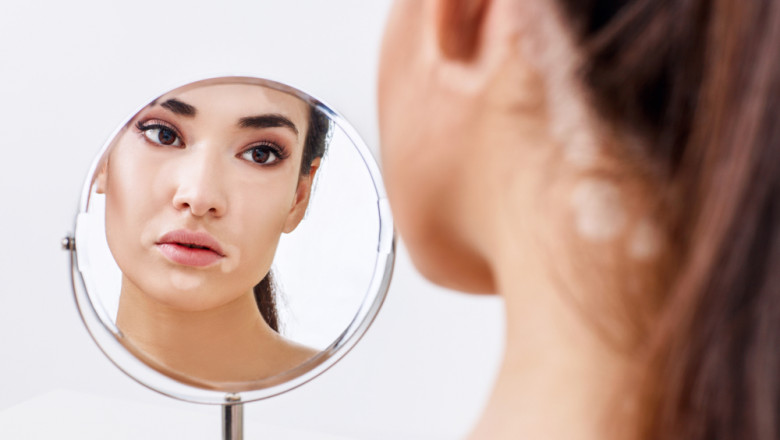views
White sun spots, also known as sun-induced hypopigmentation are small, round, or oval patches of skin that appear lighter than the surrounding skin. These spots are typically caused by overexposure to the sun, leading to changes in pigmentation.
White sun spots are often characterized by their light, sometimes white, appearance on the skin. They can range in size from tiny dots to larger patches, depending on the severity and duration of exposure to the sun or other contributing factors. These spots can also appear in clusters, and though they are generally harmless, they may cause cosmetic concerns for some people.
In many cases, these spots become more noticeable during or after sun exposure, especially when the skin tans and the spots contrast against the surrounding darker skin.
Commonly Affected Areas of the Body
White sun spots are most commonly found on areas of the body that receive the most sun exposure. These include:
- Face: The forehead, cheeks, and around the eyes.
- Neck and shoulders: Especially the upper back and shoulders where skin is more prone to sun exposure.
- Chest and arms: Particularly areas like the upper arms and decolletage.
- Upper back: Often in the form of clusters or patches, especially in individuals with a history of sunburn.
These areas are more likely to develop sunspots due to repeated exposure to UV rays, but they can appear anywhere on the body.
Causes of White Sun Spots
White sun spots are primarily caused by sun exposure and various factors that affect the skin's ability to produce or retain pigment. Here’s a detailed breakdown of the causes of white sun spots on the skin:
Sun Exposure and Its Impact on the Skin
Prolonged exposure to the sun’s ultraviolet (UV) rays is one of the primary triggers for the development of white sun spots. When the skin is exposed to UV rays, it reacts by producing melanin, the pigment that gives skin its color. However, overexposure to the sun can disrupt this process and cause uneven pigmentation.
- Overexposure to UV Rays: Prolonged and repeated sun exposure can cause the skin to become damaged, leading to the formation of areas where the skin fails to tan or darken as much as the surrounding skin, resulting in lighter patches or white sun spots.
- Sunburn Healing: After a sunburn, the skin may heal with lighter spots where melanin production is temporarily disrupted. These spots typically fade with time but may become more noticeable in some individuals.
Effect of UV Rays on Skin Pigmentation
UV rays have two main effects on the skin’s pigment:
- Inhibition of Melanin Production: UV rays, particularly UVA rays, penetrate deep into the skin and can inhibit melanin production, preventing the skin from darkening uniformly. As a result, the skin may appear patchy with areas that remain lighter than the rest of the skin.
- Damage to Melanocytes: Melanocytes are the cells responsible for producing melanin. Excessive UV exposure can damage these cells, leading to reduced melanin production in certain areas. This can result in spots that are either lighter or have a different texture from the surrounding skin.
Risk Factors (e.g., Skin Type, Genetics)
Certain factors can make some individuals more prone to developing white sunspots. These include:
- Skin Type: People with lighter skin types are more susceptible to sunburn and UV-induced damage, which can contribute to the development of white sunspots. Darker skin tends to produce more melanin and is less likely to experience hypopigmentation (lighter spots), but they are not immune to sun damage.
- Genetics: Family history plays a role in how the skin responds to sun exposure and how melanin is produced.
Other Contributing Factors
Several additional factors can contribute to the appearance of white sunspots:
- Aging: As people age, the skin’s ability to produce melanin decreases, which can result in more noticeable hypopigmented areas. The skin becomes thinner over time, making the effect of sun exposure more apparent.
- Hormonal Changes: Hormonal fluctuations, such as those during pregnancy or menopause, can affect melanin production and make some people more prone to pigmentation issues.
In summary, white sunspots are caused by a combination of sun exposure, the effect of UV rays on skin pigmentation, genetic predisposition, and other factors such as aging and skin conditions. Protecting the skin from the sun and maintaining














Comments
0 comment